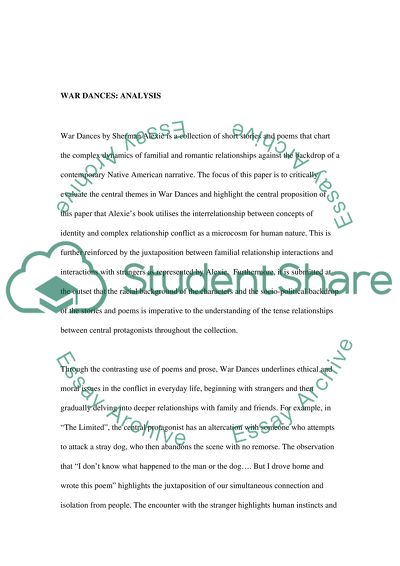Cite this document
(“War Dances - Interrelationship between Perception, Social Interaction, Book Report/Review”, n.d.)
War Dances - Interrelationship between Perception, Social Interaction, Book Report/Review. Retrieved from https://studentshare.org/literature/1574017-book-response-essay
War Dances - Interrelationship between Perception, Social Interaction, Book Report/Review. Retrieved from https://studentshare.org/literature/1574017-book-response-essay
(War Dances - Interrelationship Between Perception, Social Interaction, Book Report/Review)
War Dances - Interrelationship Between Perception, Social Interaction, Book Report/Review. https://studentshare.org/literature/1574017-book-response-essay.
War Dances - Interrelationship Between Perception, Social Interaction, Book Report/Review. https://studentshare.org/literature/1574017-book-response-essay.
“War Dances - Interrelationship Between Perception, Social Interaction, Book Report/Review”, n.d. https://studentshare.org/literature/1574017-book-response-essay.


